
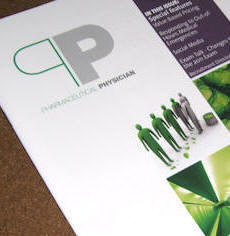
Hugh Gibbons'
references and extra information
PPhunnybone for
May
2012
for
pharmaceutical physicians, colleagues and friends
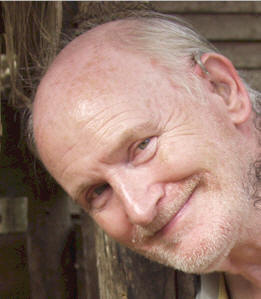
 |
||
|
|
Hugh Gibbons'
references and extra information
|
|
|
PPhunnybonus Home |
PPhunnybones References |
PPhunnies at Work |
PPhood
for Thought |
PPhurther Education: Dip.App.Gelotology |
PPhunnybonus Contact |
|
|
|
||
|
Click
for article Look Away Now |
|||
|
|
This is further reading and information on the PP article in May 2012 featuring the value of turning a blind eye - especially when among pilots |
|
|
|
On the Air Transport Museum, the best official source of information is the ATA Museum in Maidenhead, Berkshire - not far from the HQ at White Waltham. You can get books from them, including Brief Glory. This is the official account of the ATA written up around 1946 - and seriously amazing. You can also get the Ferry Pilots Notes - which on a single A5 page have all you need to know to fly a Spitfire from A to B. (Dismaying reading for those used to patient instruction leaflets.) Many accounts have been published. My own favourite is Spreading My Wings by Diana Barnato Walker - funny, very informative, full of people stories, and uplifting. |
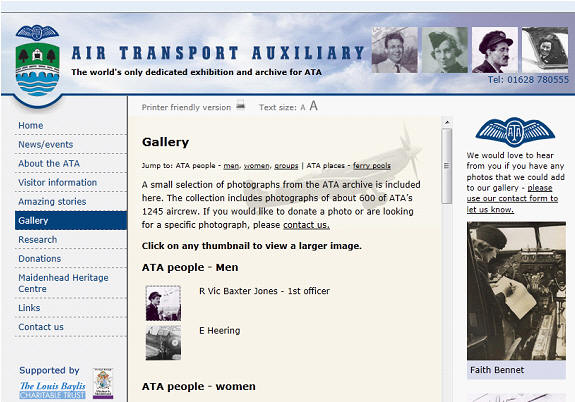 |
||
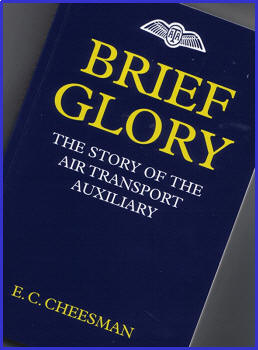 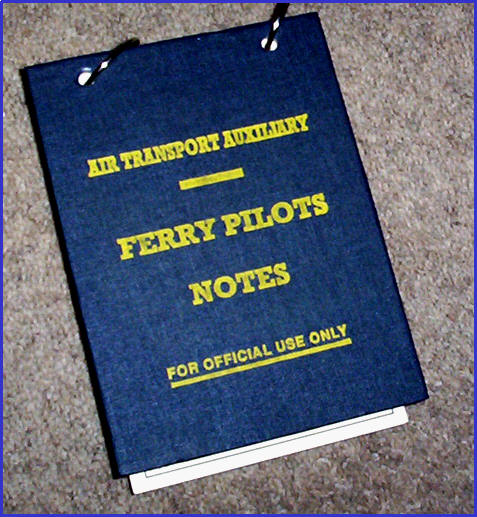 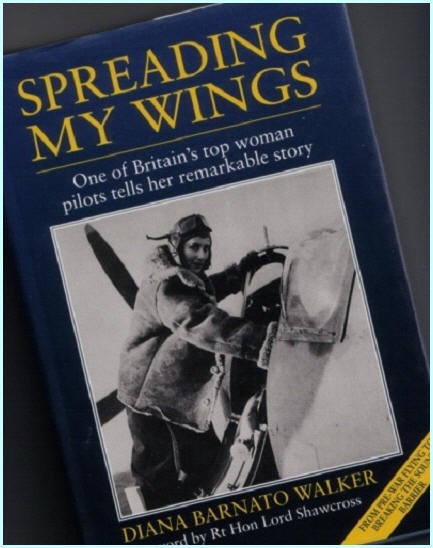 |
|||
|
Let’s hear it for anyone who knows when it’s time to turn a blind eye. When I went for my first medical as an enthusiastic private pilot, I had difficulty reading the bottom two lines of the eye chart. So the empathetic aviation doctor led me right over to it and said: let’s just check your ability to memorise things, such as these small letters. Back across the room, no probs reading them – and he passed me fit to go and commit flying. Of course, he had to be immeasurably more rigorous with professional flyers – often unpopularly so, given that livelihoods were at stake. A similar medic must also have had the same attitude with Stuart Keith-Jopp. During WWII, he was one of the many elderly pilots in the all-civilian Air Transport Auxiliary, yet managed to ferry 1600 aircraft. With only the right eye available. He’d lost the left in WWI. Try closing yours and imagine you’re landing a Spitfire on a small unfamiliar airfield in pouring rain on a dark December afternoon. Oh, did I mention that Stuart was also missing his left arm? So now: imagine gripping the Spit’s control column with your knees while working other bits in the cockpit with your one remaining hand. But how about landing with your eyes tight shut? In the Korean War, Navy jet pilot Ensign Edward Jackson was left sightless by flak. His colleagues turned a blind eye to the option of him bailing out into a winter sea. Wingman Ensign Crow radioed directions back to the aircraft carrier Philippine Sea. There, Lt LK Bruestle talked Jackson down by radio on to the small and rolling deck. The 100mph landing was described as "normal". When they pulled him out of the cockpit and cleared the blood from his eyes, the first person Jackson saw was the carrier’s doctor. Incidentally the 1200 men and women ATA pilots were amazing and unsung volunteers. And how they were organised and managed is an inspiring study in people management that has much to teach senior executives today. Take the 50-year-old Doug Fairweather – fondly nicknamed “Poppa Foulweather” because he flew the air ambulance in conditions when birds were happy to sit things out. An appraisal noted he had “a most likeable personality which is undeniably complex and not uncoloured by guile”. Though he had to wear glasses to see things in the cockpit, Doug knew his way around Britain by sight, and never bothered with a map. Then a more senior officer insisted – not knowing that with someone as valuable and talented as Doug there are times to turn a blind eye. Next flight with this fusspot on board, Doug puts his glasses on, pats his uniform and duly produces a map of the UK. The back page of a Letts pocket diary. Much expostulation by the officer. So Doug patiently unfolds a large map, which almost fills the cockpit. That’s better, says the officer. Then smiles a smile of absolute zero. It’s a map of Roman Britain. Not uncoloured by guile. See what I mean? |
|||
|
You may be interested in hearing more of the ATA - at work or in your home life. Under the title "The Flighty Women of White Waltham" I've given dozens of slide-based talks to all sorts of organisations - including secondary and primary schools (citizenship!), Rotary clubs, the RAF, church groups, the WI, community associations etc. It's packed with pictures, stories, surprises, laughter - and a few tears. As well as the ATA story 1939-45, I look at what happened to many of the pilots afterwards - and I've been in touch with several, including the famous Margot Duhalde in Chile. The talk usually takes 45 minutes or so, and I come equipped with laptop, projector and big screen if necessary. There's no fee, but I'm always happy with a donation to CAFOD. I also have a set of talks called Flying Tales of the Unexpected - again funny and very visual. They make a lot of points about the human side of organisations - so provide workshops using Tales make a different angle on personal development for departments. |
|
||
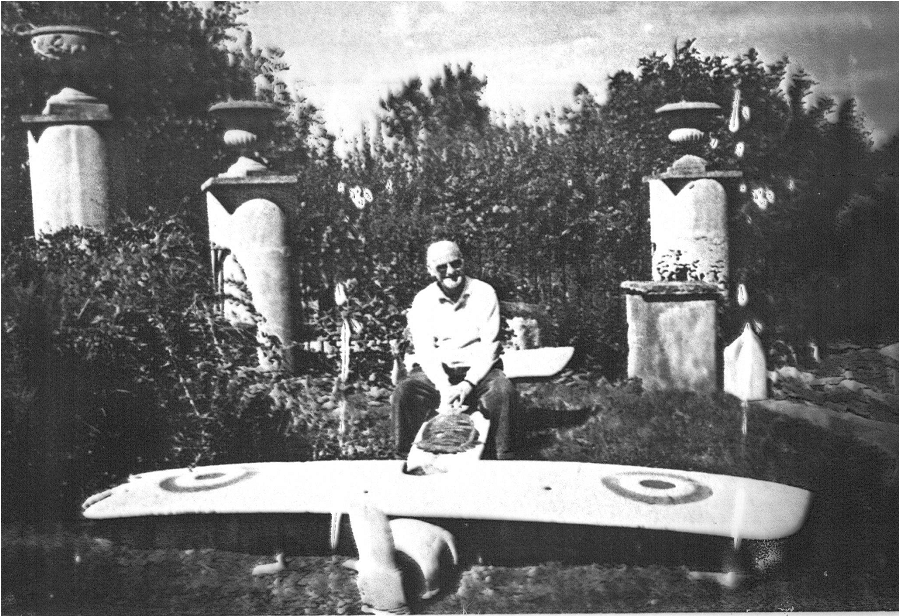
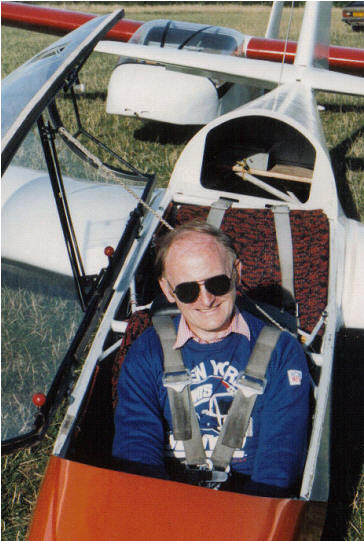 |
|||
|
On aviation medicine, Human Performance and Limitations in Aviation Medicine by Mike Bagshaw is a good start. The Naked Pilot: the Human Factor in Aircraft Accidents by David Beaty is also an enthralling read - but not while you're in a departure lounge. And for anyone struggling with problems that require you to convert gallons to kilograms, what happened with the Gimli Glider is quite a story, as you can see at http://en.wikipedia.org/wiki/Gimli_Glider |
|||

For more information at any time,
contact E-mail: hughgibbons@just1.org.uk
|
|||